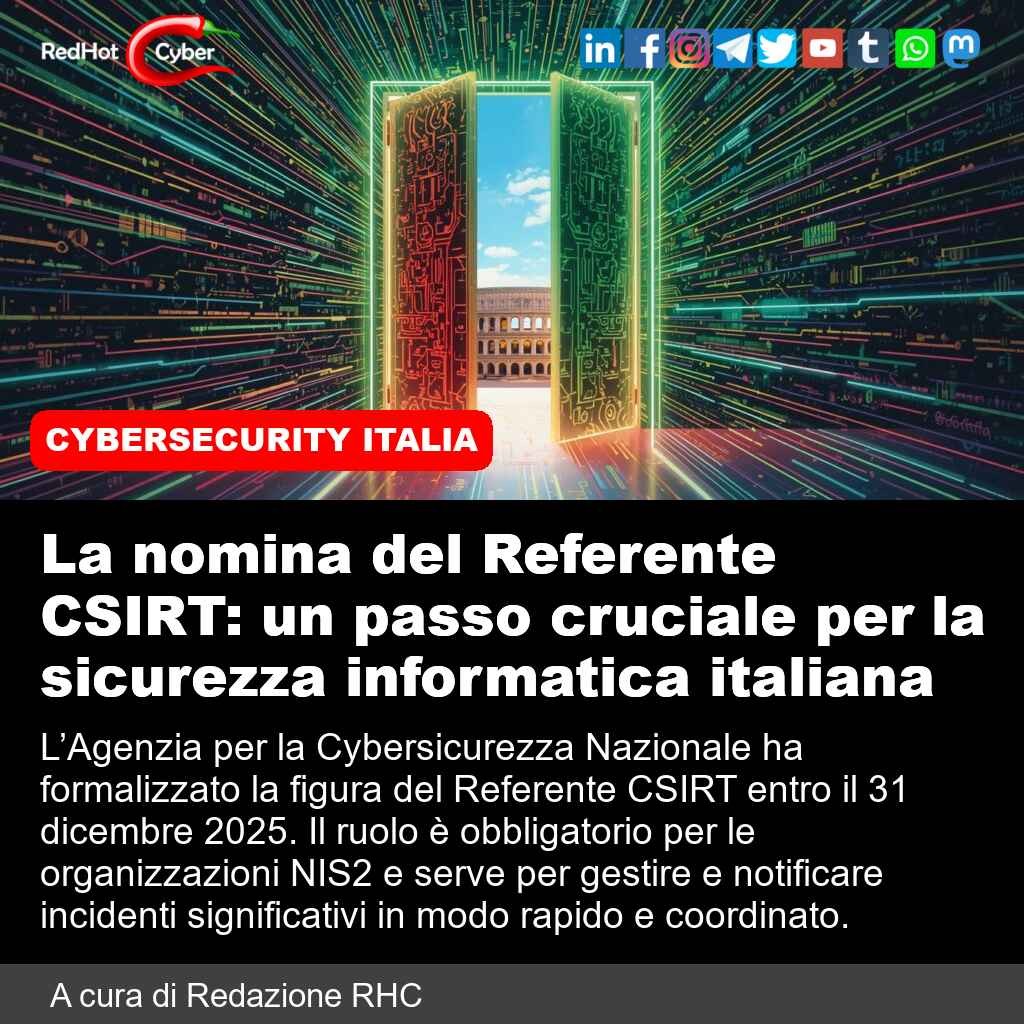A relatively short video explaining the basics of decentralized social media: what it is, how it works, and the main stakeholders involved. At the end is a few minutes of my own personal editorializing on the current decentralized social media landscape.
This presentation was originally created as a for a "presentation party" wherein the time limit for everyone's presentation was 10 minutes (this is the time limit I am referring to in the video). I decided to turn it into an actual video after the fact, and ended up making some changes that caused it to go over 10 minutes (oops).
This video may NOT be used in any AI or LLM training.
Source Document
Errata Document
Script Document

